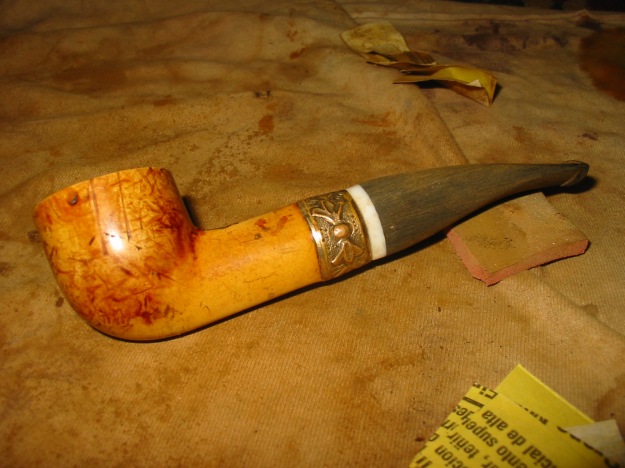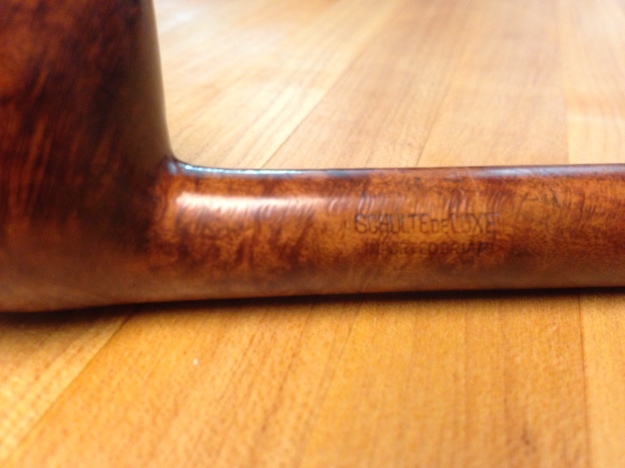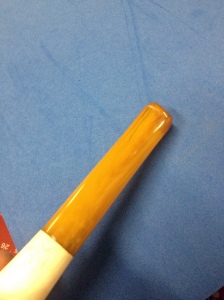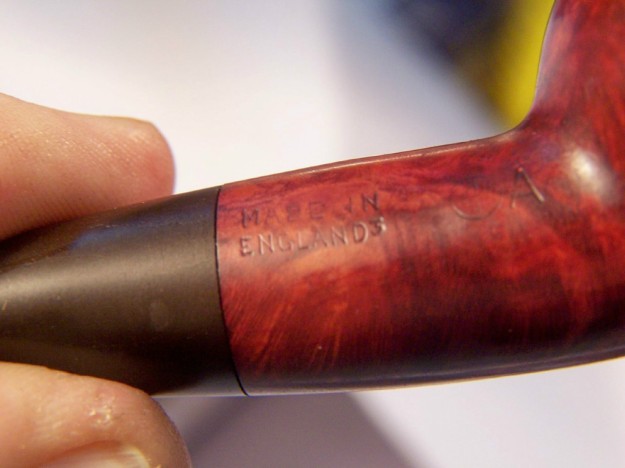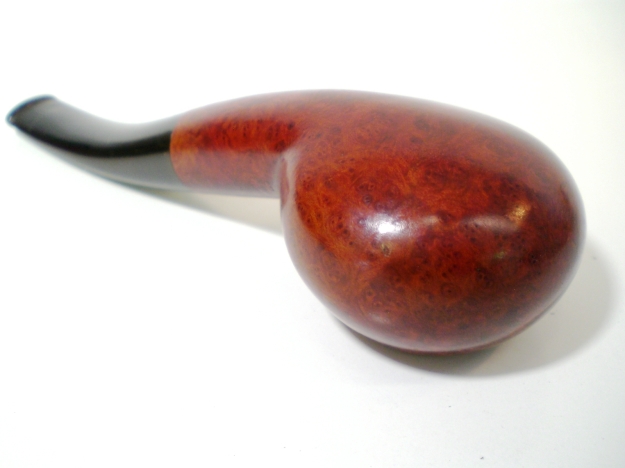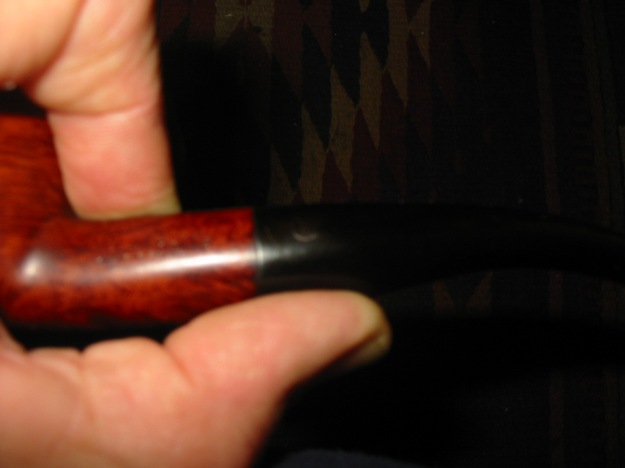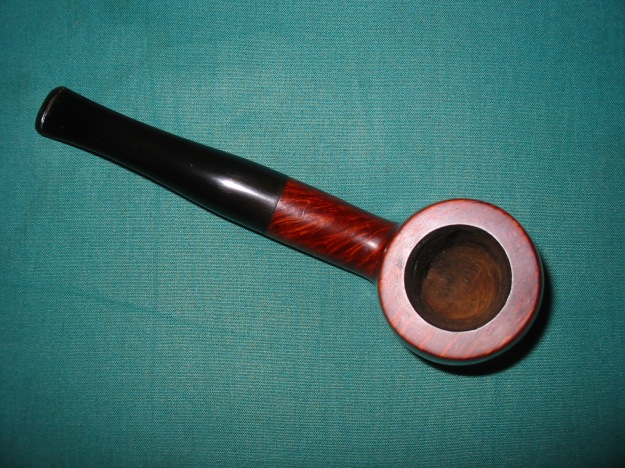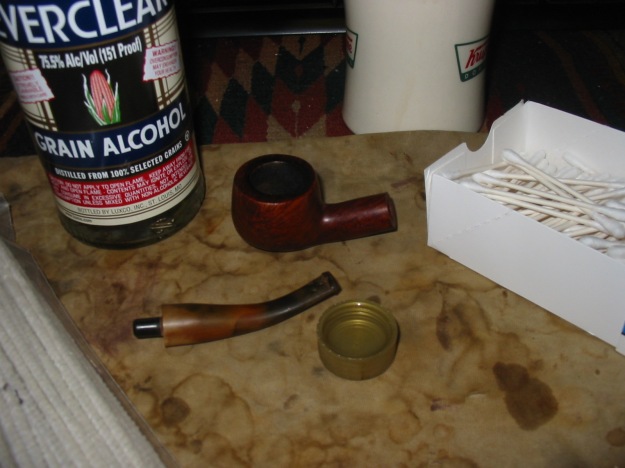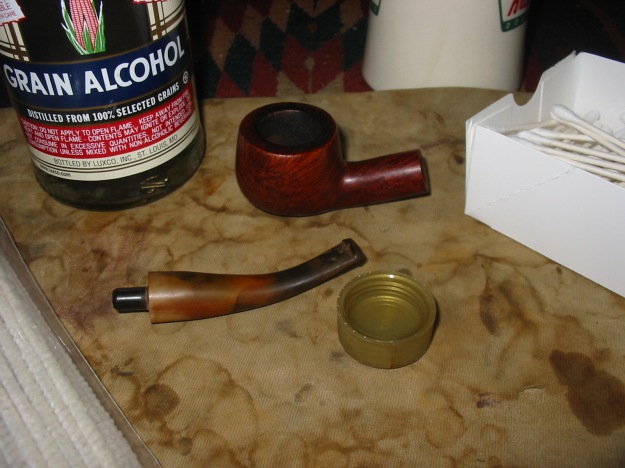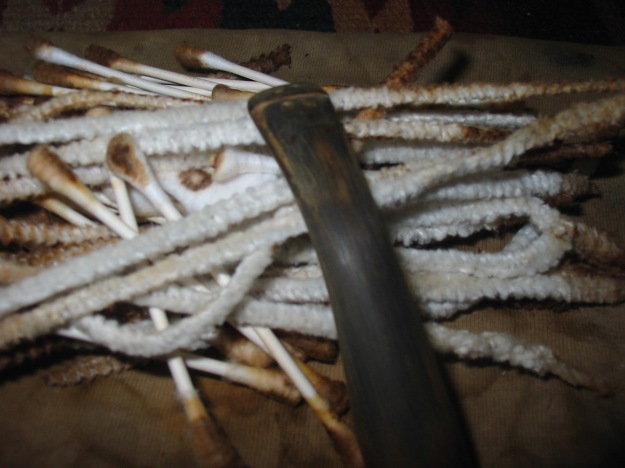rebornpipes has been operating the blog since the end of May 2012. For the remainder of 2012 the site had 39,646 views. Since January of 2013 we have had double the views with 79,026 views. There are 492 different posts on the blog written by myself and 11 individuals who have posted about their refurbishing work. I have included the list of contributors from the Thanks to Contributor’s page. Have a look at their credentials and their posts. You can search the blog by author name now and select those you want to read. In addition there are guest articles written by another 7 individuals.
1. Al Jones – Al was the first to contribute his writings and photographs to the blog under the name upshallfan. Al does incredibly nice refurbs and adds a nice touch of class to the blog.
2. Fred Bass – Fred is the Meer Guru in my opinion and to have several of his pieces here on the blog is incredibly helpful. Fred brings a love of the meer and years of experience in cleaning, breaking them in and caring for them to the table.
3. Gan Barber– what can I say about Gan? Over the years we have fired emails back and forth with ideas and suggestions and insight into our joint hobby. I am thankful to have Gan posting here as in many ways he has been a mentor to me in this hobby.
4. Chuck Richards – Chuck, like Gan, has been someone with whom I bounce ideas and methods back and forth. Chuck also keeps the challenges in front of me and I learned much from him.
5. Kirk Fitzgerald – Kirk is a relative newcomer to the refurbishing craft but he has an amazing talent with a chisel and carving knife. His contributions on his method of rustication have been well received and it is a pleasure to have him contribute here as well.
6. Piet Binsbergen – I have corresponded with Piet for awhile now and we connected over Keyser Pipes. A mutual friend on the forums – Muddler – connected us when I was searching for Keyser stems. Piet is an artist at heart and by profession. His love of the briar and restoring it comes out in his work and his words. It is great to have added him to the pool of contributors.
7. James Gilliam– I asked James to contribute from the perspective of a pipe maker what it was like to do refurbishing. James makes some amazing pipes and has done a great article on his perspective on our craft. His website is JSEC Pipes at http://jsecpipes.com/ I appreciate James willingness to contribute to the blog and it is a pleasure to have him contribute.
8. Al Shinogle – I contacted Al Shinogle and received his permission to post his article on opening the airway on a pipe. Al continues to do some great refurbishing work on estate pipes that he revives and passes on to old timers. I look forward to future articles by Al.
9. Greg Wolford – is one of the blog’s readers and comments often on various posts. He contacted me with several articles on the pipes he has refurbished and the methods he has used. Greg writes well and is a fine photographer in his own right as well. I look forward to reading what he contributes in the days ahead.
10. Robert Boughton – Robert is one our newest contributors to the blog. He is a new practitioner of the refurbishing art being tutored by Chuck Richards in the finer points of refurbishing. It is a pleasure to have him writing for the blog and adding a new voice to the posts. His research and his work are well done. Thanks Robert.
11. Brian Devlin – Brian is a 62 year old retired electronic manufacture and design company owner living in Blairgowrie, Scotland. He is a stroke survivor (I like him already as I too am a stroke survivor) having survived 3 major strokes 7 years ago. He loves his new home, pet rabbit and morning ritual with pipe and rabbit in his garden. He frequents EBay to hunt for pipes that he buys and skillfully refurbishes to smoke. It is great to have Brian writing about some of his refurbs on the blog. Enjoy his work.
Added to that list of regular contributors there are also articles that have been written by the following individuals:
1. Bas Stevens – Bas is the go to person for information and history on Stanwell pipes. He has one of the most beautiful Stanwell collections that I have ever seen. I appreciate Bas’ willingness to have his piece on Stanwell shapes available on the blog.
2. Mark Domingues – Mark is another reader of the blog and has lately contributed some of his work. Mark collects Peterson pipes and his work is a pleasure to read about. Mark seems to never shy away from trying things that are daunting at best and certainly some that others would consider futile. Thanks you Mark for writing for us.
3. Eric Boehm – Over the years on the forums I have read Eric’s posts with interest. He has collated and collected some great information that it is our privilege to be able to share here on the blog. I thank Eric for his willingness to pass on his writing through the blog.
4. Les Sechler – Les graciously gave permission to put his article on Barling pipes on the blog. Les possesses a wealth of information on Barling’s and Dunhill pipes. He has always been gracious when I contact him for help on various projects. Thanks Les for being a willing and able correspondent.
5. Martin Farrent – Martin graciously gave permission to put his article on Dating Loewe Pipes by Period on the blog. I look forward to reading more of Martin’s work in the future. His knowledge of Loewes pipes is incredibly helpful and insightful. Thank you Martin.
6. Mike Leverette – Mike was a very good friend and the consummate pipeman. He was a fountainhead of information on all things Peterson and also one who shared a common interest with me regarding alternative woods used in pipes. He knew and loved the older historical alternative woods used by American pipe makers. All of Mike’s articles on the blog are published posthumously from pieces he sent to me over the years before his death. Mike I miss the chats and the ready wit that characterised you so much.
7. Alan Chestnutt – Alan is a professional pipe refurbisher doing work on the web as Reborn Briar ( http://www.estatepipes.co.uk/ ). His work is extremely well done and his website also has a wealth of information and some of the pipes he refurbishers are for sale through the site. Thanks Alan.
Including the articles that I post we thus have 19 different writers on the blog. I am so thankful for the willingness of others to add articles on their expertise and experiments in the art of refurbishing pipes.
The spread of the blog is quite extensive now, covering 150 different countries. It is remarkable to go to the various Referrers to the blog and read articles there that have been translated into other languages. I have also read newsletters, emails, forum posts from many of the different countries pipesmokers and found them referring favourably to the blog. All of this more than meets the expectation I had when I started rebornpipes. I wanted it to be a place to share our collective learning regarding the work we do as hobby refurbishers. It has been a pleasure to receive emails and also comments on the articles from many of you with your additions and helpful information that sits in the comments below each article and in some cases have been integrated into the material for a more complete compendium.
I think as we move into our second year at rebornpipes I would encourage others of you who read the blog and practice some of the tricks learned here to comment on the posts and to also submit articles and photos of the pipes you have been refurbishing. Share the tips and tools you have learned and developed as you have worked on the pipes at your table. Your articles are always welcome and the list of authors is wide open for additions.
Again I want to take this opportunity to say thank you to the pipe smoking community for your reception of the work of rebornpipes and your continued readership. I do not take it for granted in this busy world in which we live that you would take time to read the articles we post here and share them in your circles of pipesmokers. Thank you.
Steve Laug
rebornpipes












































